Common roof leak causes and how to prevent them
What are the causes for leaky roof?
Roof leaks can occur for a variety of reasons, and understanding these causes can help in preventing or addressing the issue:
Age and Wear
Over time, roofing materials degrade. Shingles can curl, crack, or lose their granules, which are essential for waterproofing.
Improper Roof Installation
If the roof was not installed correctly, such as improperly nailed shingles or inadequate flashing, it can lead to leaks.
Missing or Damaged Shingles
Wind, storms, or age can cause shingles to blow off or become damaged. Any gap or damage can allow water to seep through.
Flashing Issues
Flashing is used around chimneys, vents, and skylights to prevent water penetration. If it's damaged, corroded, or not properly installed, leaks can occur.
Clogged or Damaged Gutters
Gutters are meant to channel water away from the roof and foundation. If they're clogged, water can back up under the shingles or into the eaves.
Ice Dams
In colder climates, ice dams form when snow melts and then refreezes at the edge of the roof, creating a dam that prevents water from draining off the roof. This water can then seep under the shingles.
Ventilation Problems
Poor roof ventilation can lead to condensation inside the roof, which might not be a leak from outside, but can still cause damage and appear as a leak.
Cracks or Openings in Roof Penetrations
Any place where the roof is penetrated (for vents, pipes, etc.) needs to be well-sealed. Over time, these seals can fail or crack.
Tree Debris
Branches or leaves on the roof can trap moisture, leading to rot or mold, and eventually, leaks
High Winds
Strong winds can lift shingles or other roofing materials, especially at the edges or around fasteners, allowing water to get in.
Algae or Moss Growth
In damp, shady areas, algae or moss can grow on roofs. This organic growth can retain moisture, leading to deterioration of roofing materials.
Structural Movement
Houses settle over time, which can cause cracks or shifts in the roof structure.
Underlayment Failure: The protective layer beneath shingles (underlayment) can degrade over time, especially if it wasn't UV resistant or was not installed properly.
Severe Weather
Hail, heavy rain, or debris from storms can physically damage the roof.
To prevent or fix roof leaks have master roof perform regular roof inspections and assessment. These can catch small issues before they become big problems. Ensure proper maintenance, like cleaning gutters and trimming overhanging branches and address any minor damages promptly to prevent escalation. Consider professional assessments, especially if you're not experienced with roof repairs, to ensure all issues are correctly identified and fixed.
If you suspect a leak, it's often wise to consult with Master Roof - a professional roofer who can provide a thorough inspection and recommend appropriate solutions.
